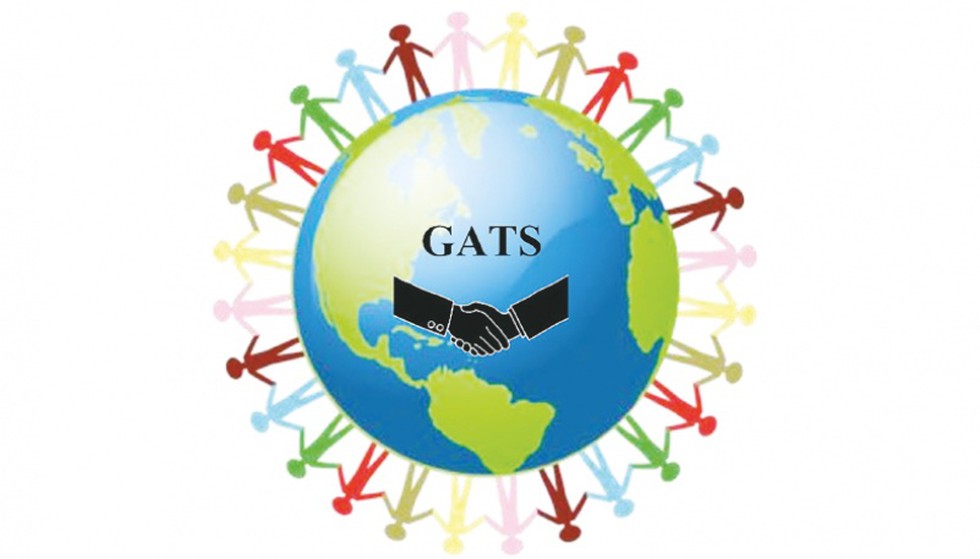About General Agreement on Trade in Services (GATS)
- It is a treaty of the World Trade Organization (WTO).
- It was created to extend the multilateral trading system to the service sector, in the same way, the General Agreement on Tariffs and Trade (GATT) provides such a system for merchandise trade.
- It was signed at the Uruguay Round of Multilateral Trade Negotiations’ conclusion and entered into force on January 1, 1995.
- Members: All WTO members are at the same time members of the GATS including India.
- Basic obligations under the GATS may be categorized into two broad groups:
- General obligations that apply to all members and services sector.
- Specific commitments: These are obligations that apply only to the sectors inscribed in a member's schedule of commitments. Such commitments are laid down in individual schedules whose scope may vary widely between members.
- The GATS applies in principle to all service sectors, with two exceptions.
- Services supplied in the exercise of governmental authority: These are services that are supplied neither on a commercial basis nor in competition with other suppliers.
- These include social security schemes and any other public service, such as health or education that is provided at non-market conditions.
- The Annex on Air Transport Services exempts from coverage measures affecting air traffic rights and services directly related to the exercise of such rights.
New obligations
- The new obligations under their schedules in GATS seek to mitigate the unintended trade-restrictive effects of measures related to licensing requirements and procedures, qualification requirements and procedures and technical standards among themselves.
- The disciplines will be applied on a “most-favoured nation” principle, meaning that they will benefit all WTO members.
- These disciplines have been named Services Domestic Regulation (DSR) and came into force in the 13th Ministerial Conference of the WTO.
